Top Six New Archaeological Discoveries in China 2016 Announced in “New Archaeological Discoveries in China” Archaeology Forum in Beijing
From:Chinese Archaeology NetWriter:Li XinweiDate:2017-01-10
The eye-catching annual “New Archaeological Discoveries in China” Archaeology Forum sponsored by the Chinese Academy of Social Sciences (CASS) and organized by the Institute of Archaeology of CASS and Archaeology Press was held in Beijing on January 10th, 2017. Professor Wang Wei, head of the Institute of Archaeology CASS announced the six selected important archaeological discoveries in 2016 as well as one important discovery in Uzbekistan by Chinese archaeologists.
Niupodong cave site in Gui’an, Guizhou Province
Banlashan cemetery of the Hongshan Culture in Chaoyang, Liaoning Province
Neolithic Shijiahe site in Tianmen, Hubei Province
Huangchengtai at the Shimao site in Shenmu, Shaanxi Province
Bronze Age Jirentaigoukou site, in Nileke, Xinjiang
Xizhucun Tomb of the CaoWei Period in Luoyang, Henan Province
Mingtepa walled site in Uzbekistan
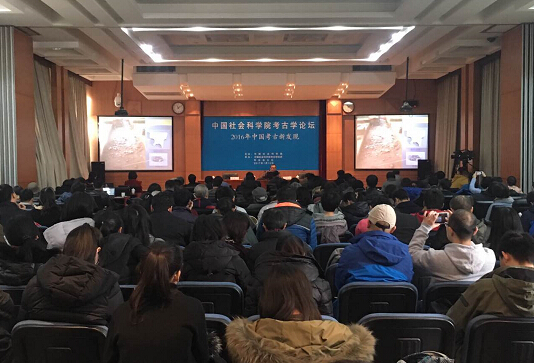
The Forum“2016 New Archaeological Discoveries in China” was hled in Beijing, capital of China, Jan. 10, 2017.
Banlashan cemetery of the Hongshan Culture in Chaoyang, Liaoning Province
Neolithic Shijiahe site in Tianmen, Hubei Province
Huangchengtai at the Shimao site in Shenmu, Shaanxi Province
Bronze Age Jirentaigoukou site, in Nileke, Xinjiang
Xizhucun Tomb of the CaoWei Period in Luoyang, Henan Province
Mingtepa walled site in Uzbekistan

The Forum“2016 New Archaeological Discoveries in China” was hled in Beijing, capital of China, Jan. 10, 2017.
Niupodong cave site in Gui’an, Guizhou Province
Features found in this rich cave site include more than 10 remains of fire usage, 2 activity areas and 7 burials. Large amount of microlithic objects, stone tools, bone tools, ceramic shards were also unearthed. The first chronological framework from the late Paleolithic to early Neolithic in Guizhou can be established based on the new data. This is a milestone of the research on prehistoric Guizhou. Burials have not been found in the cave sites in Guizhou before; the well preserved human skeletons are valuable for the physical anthropology research of this region.
Full Story: http://www.kaogu.cn/en/News/New_discoveries/2017/0120/56907.html?1484900274
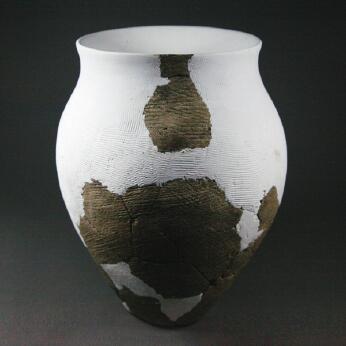
Pottery of phase IV
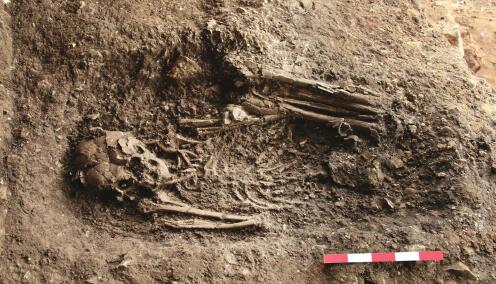
Tomb of phase III
Burials, sacrificial pits, altars and architectures were found at the site, together with large amount of tube-like ceramic ritual vessels, clay and stone human statues, and finely made jade objects, some of which are fresh new of the interpretation of Hongshan social structure and ideology. The careful excavation makes it possible for archaeologists to yield a comprehensive understanding of the whole process of the construction of the.
Full Story: http://www.kaogu.cn/en/News/New_discoveries/2017/0116/56845.html
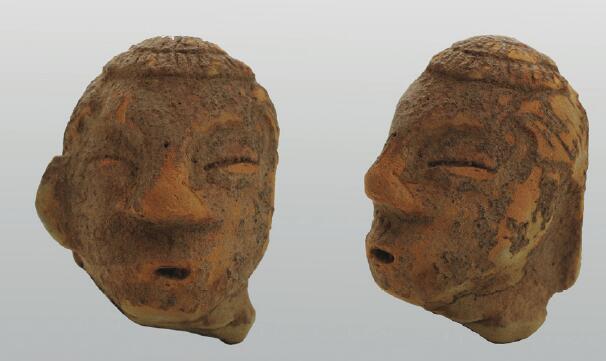
Pottery made human-head figure
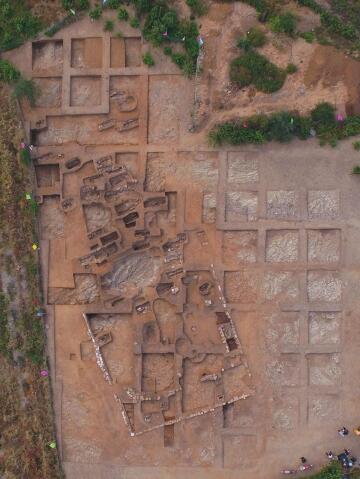
An aerial photo of the Banlashan cemetery
Neolithic Shijiahe site in Tianmen, Hubei Province
This large site-complex has some astonishing discoveries at several locations in the past years. The newly recognized Tanjialing walled site is the largest at its time; the Yinxintai site consisting of five man-make earth platforms and sets of joined urns for ritual practice is the largest ritual plaza ever found in the middle Yangzi River Valley. The finely made jade objects found in the urn-burials at Tanjialing are astonishing enough to change researchers’ idea of jade manufacture and exchange at that time.
Full Story: http://www.kaogu.cn/en/News/New_discoveries/2017/0120/56903.html?1484900371
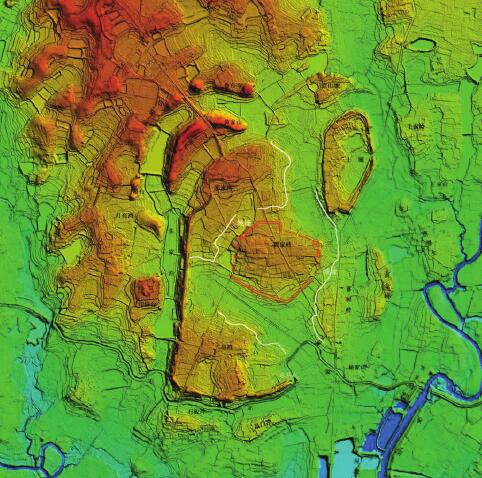
Digital mapping of Tanjialing ancient city
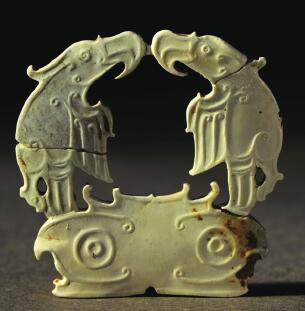
Jade ornament found in Urn coffin W8
Huangchentai is the highest part within the large Shimao walled site. It consists of a plaza, a gate with forted wall and Duntai platform for defense. Bronze knives and arrowheads are important for the research of the diffusion of metallurgy from the west to China. Typical Shimao style jade objects were found outside the gate. Evidence of a bone workshop was discovered in the northeast. These discoveries are enlightening for the analysis of the function of Huangchengtai and the structure of the social structure within the large Shimao site.
Full Story: http://www.kaogu.cn/en/News/New_discoveries/2017/0119/56884.html?1484789309
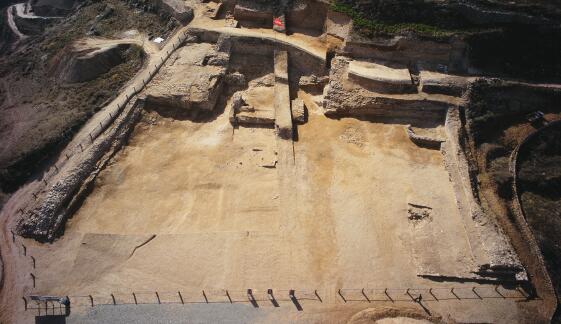
Gate remains in Huangchengtai

Bronze knife found in Huangchengtai
The site is by present the largest Bronze Age settlement in the Yili area. Clay moulds, clay air pipe, slag and ash layers indicate that bronze making was one of the main activities in the site. Three pieces of iron blocks are among the earliest iron objects ever found in China and are important for the research on the diffusion iron making techniques. More significantly, a large amount of coals and ash were discovered in some pits and houses. This is the earliest evidence of the use of coal in the world and nearly 1000 years earlier than previous discoveries.
Full Story: http://www.kaogu.cn/en/News/New_discoveries/2017/0120/56916.html
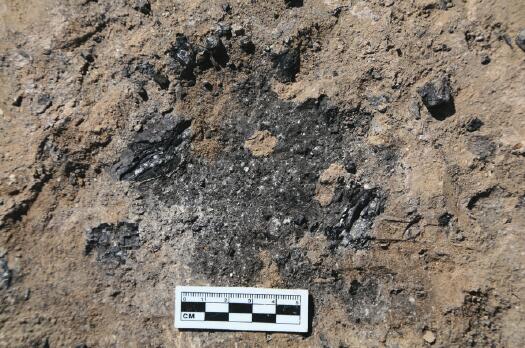
The findings of coal use ruins
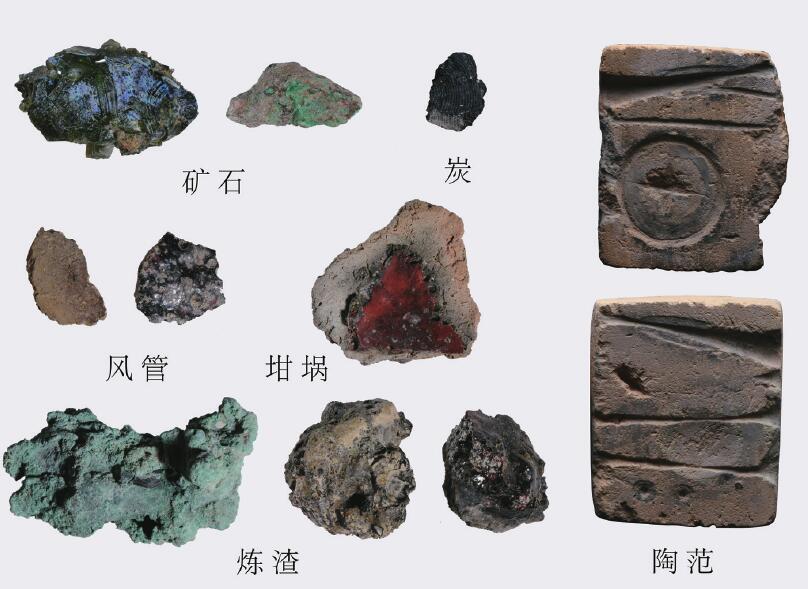
Copper smelting relics
Xizhucun Tomb of the CaoWei Period in Luoyang, Henan Province
Though this large tomb had been looted, there are still left about 500 pieces of ceramic vessels and iron, bronze, lacquer, wooden and jade objects. The styles of the artifacts are similar with the large Zhenshi banian (the eighth year of the Zhengshi reign) tomb and the Cao Xiu tomb. The large size, the ritual objects like stone gui pointed blade and bi disk, the stone plate with inscribed characters make archaeologists believe that the owner of the tomb might a member of the royal family.
Full Story: http://www.kaogu.cn/en/News/New_discoveries/2017/0120/56914.html?1484898090

Cultural relics were unearthed from tomb M1 by archaeologists
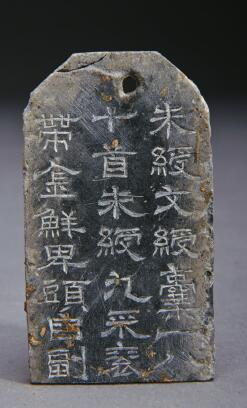
Stone tablet with engraved inscription
Mingtepa walled site in Uzbekistan
The 2016 season coring and excavation recognized the outer walled city of the site and an area probably for craft goods manufacture near the southern wall of the inner city. One burial was discovered near the eastern wall of the outer city with well preserved skeleton and abundant offerings. These new discoveries exhibit the importance of the site in the Fergana Basin and the ancient silk-road in central Asia.
Full Story: http://www.kaogu.cn/en/News/New_discoveries/2017/0119/56899.html?1484875886

Workshop area remains of Mingtepa site in Uzbekistan
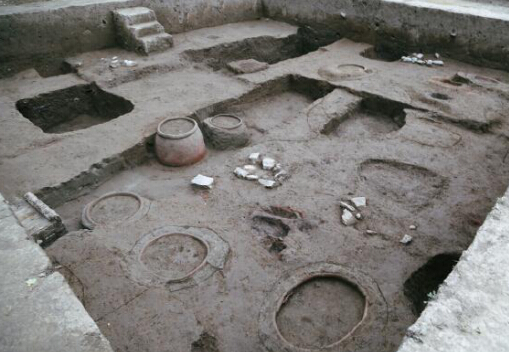
Mingtepa site in Uzbekistan
The Archaeological Forum started in 2002 is a platform for information sharing and academic research on the latest archaeological discoveries. It also promotes academic exchange and encourages the development of the archaeology in China.
Dr. Hong Shi, head of the Archaeology Press, presided the forum. More than 200 audiences joined the event, including the head of National Administration of Cultural Heritage, the head of CASS, archaeologists, scholars and graduate students from different institutions, museums and universities and journalists from different media.

